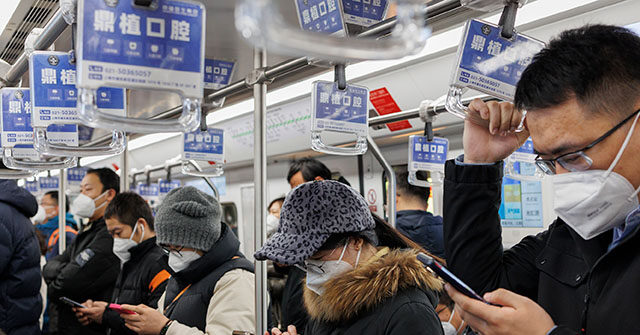The Cyberspace Administration of China (CAC) announced a significant campaign aimed at eradicating all content considered “illegal and harmful” by the Chinese Communist Party over the next two months. This hyper-censorship initiative is centered around controlling narratives that arise in the wake of extreme incidents, disasters, and misinformation surrounding public policies and social issues. China’s state-run media illustrates that this crackdown will encompass a wide range of topics, particularly those that could undermine the government’s standing, especially critiques pertaining to the economy under Xi Jinping’s rule. Such measures highlight the lengths to which the Chinese government is willing to go to maintain a specific narrative and suppress dissenting opinions.
The CAC’s upcoming measures indicate a targeted approach toward curtailing discussions about the state of the economy, especially as it relates to the struggling housing market and high youth unemployment rates. With recorded unemployment exceeding 21% among young individuals, who feel increasingly disenfranchised, the government is intent on quelling any expressions of dissatisfaction, such as memes criticizing the ruling party’s policies. These memes often portray the party as treating its citizens as mere resources rather than individuals, which has sparked significant unrest among younger generations who openly voice their frustrations online.
In response to economic pressures and societal expectations, many young Chinese have adopted the concept of “lying flat,” a casual rebellion against the traditional work ethic. By choosing to remain dependent on their parents, these millennials are rejecting the competitive job market, which they feel is stacked against them. This act of passive resistance reflects a broader sentiment of despair among the youth, who find themselves in what they describe as the “garbage time of history.” The government, alarmed at such expressions of discontent, is reportedly expanding its censorship parameters to include discussions on vital issues like healthcare, education, and housing, labeling them as “negative content.”
The CAC’s strict regulations extend beyond merely quelling the voices of dissent; they aim to broadly restrict any incendiary discussions that might promote fear, pessimism, or regional tensions. This encompasses not only critiques of government policies but also the touching of sensitive subjects such as the treatment of ethnic minorities like Tibetans and Uyghurs, which have been heavily scrutinized by international observers. The implication is clear: the government is determined to control discourse and manage the narrative surrounding pertinent societal issues, positioning itself firmly against any discussion that could trigger public panic or social turmoil.
In addition to political censorship, the CAC is also pursuing a wide-ranging agenda against explicit content, which involves policing social media for inappropriate language, symbols, and any material deemed vulgar. This year’s campaign seems broad, incorporating an all-encompassing crackdown on various mediums of communication that could lead to unrest or dissatisfaction. The challenge the CAC faces is considerable, given the sheer volume of content generated by China’s vast online population, yet their confidence in overcoming this hurdle remains undeterred.
In a further escalation of censorship efforts, the CAC recently proposed regulations targeting global satellite Internet providers, necessitating compliance with Chinese censorship standards to operate within the country. Firms like Starlink might find their operations in jeopardy if they refuse to align with the government’s censorship directives, showcasing just how far the Chinese government is willing to extend its control even into the realm of international technologies. This move is likely seen both as a strategy to maintain ideological purity and as a response to the innovative ways dissidents find to circumvent censorship, ultimately reinforcing the Party’s repressive stance in the face of growing public dissatisfaction.

